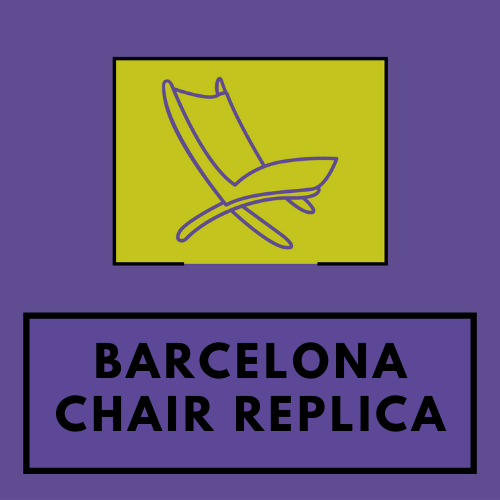Design Notes from the Barcelona Chair: Managing color (III/III)
In previous articles, we have discussed the strategies and tools used to manage the element of color in Interior Design. Being that important, to find the right combination and its proportion is really a key factor for success in a renovation or a whole new place. To obtain this precious goal we must consider the following tools:
The rule of 60-30-10 guides us through an adequate proportion of color in a room. As we all know, we must look for a good match that pleases our senses, using complementary or analog approaches. But we have to think first in the temperature pattern we consider for our space, depending on elements like the function of the room, the weather that surrounds our structure, and of course, our personal choices and preferences.
But to do this process without proper tools can be tricky and confusing. That’s when human creativity comes in, with the introduction of the color wheel.
What’s the color wheel?
The color wheel is a rounded chart that shows us the possible relationships between colors. It has a long history and the first records of this interesting artifact are attributed to Sir Isaac Newton, the legendary man of sciences.
In a color wheel, the hues are arranged inside a circle, in form of inverted triangles, and connected to each other through lines and shapes. A typical physical color wheel has three primary colors, the secondary and the tertiary colors.
Nevertheless, depending on its purpose, you can find simpler color wheels; or a more complex color wheel with more hues. Nowadays, there are computerized color wheels, with endless possibilities of combinations and very precise codes to identify specifics hues, its adjacents, and its complements.
What are the primary colors?
- Yellow
- Blue
- Red
What are the Secondary colors?
- Green
- Orange
- Purple
What are the Tertiary Colors?
- Yellow-Green
- Blue-Green
- Blue-Purple
- Red-Purple
- Red-Orange
- Yellow-Orange
In a color wheel, the colors are ordered facing its opposite on the other side of the circle. This way, you obtain analog/adjacent colors looking at one side of the color we are checking, or complementing colors, on the other side of the wheel.
What are the relationships of colors that we can get in a color wheel?
There are several interesting combinations we can use in a color wheel and endless possibilities. To play with it can be a real pleasure for enthusiasts of interior design. Among the relationships we can build we have:
Analogous
When we use colors adjacent to our own color.
Complementary
When we use the opposite color of the color wheel
Split Complement
A three-color combination that uses two adjacent colors to the opposite of our own color
Tetradic
A four-color combination that uses two pairs of complementary colors
To find the right combination of colors can be an artistic challenge for any designer. Experience and techniques are important, but keep in mind that the pleasure of color is something subjective in the end. You have to listen carefully to your client if you are a designer, or trust in your intuition if you are doing work on your own. Enjoy color!
A beautiful room, with a beautiful palette of colors, can only get improved with the addition of a Barcelona Chair, a black leather piece, elegant, smooth, and sober to create a classy place. Go to Barcelona Design, the site for Mid Century Modern furniture with the best offers in staple design articles, like the Barcelona Chair, the Hans Wegner Chair, or the Barcelona Ottoman.

Recent Comments